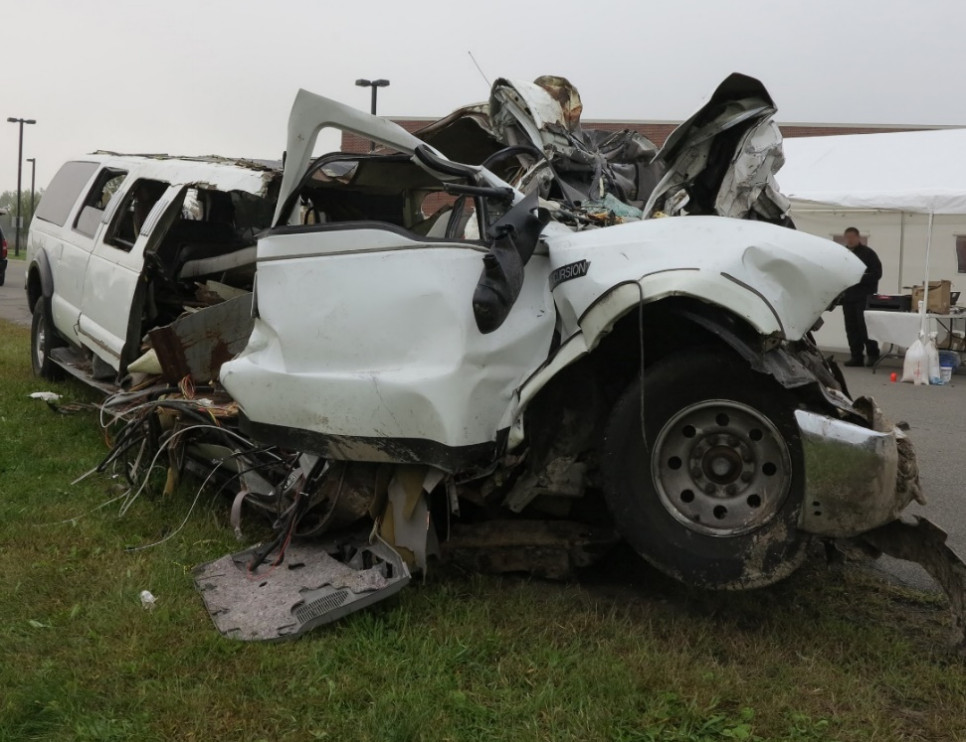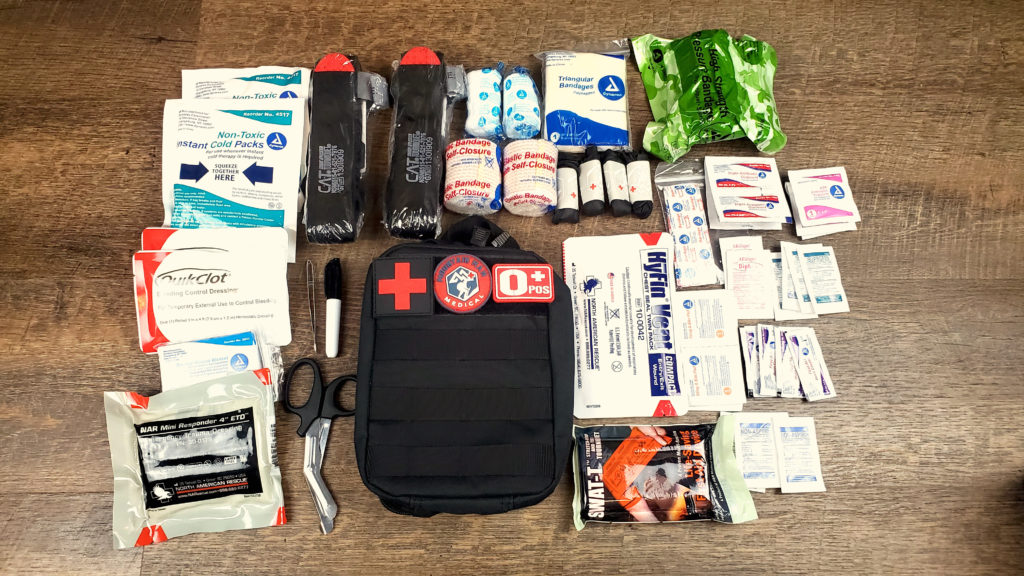Car Wreck First on Scene: What to Do Pt 1

I am frequently told stories about coming up on the scene of a car accident.
These stories are almost always told in a way that describes a feeling of helplessness and uncertainty.
Most people go about their day completely unaware that on their way home from work, they’ll come across a bad car crash, and when they are presented with the unexpected, they realize how unprepared they are to handle it.
This adds to the stress of the situation greatly because they’re don’t know what to do. In this article we’ll explore a few topics so you’re better prepared to help someone who needs it.
Scenario:
On your way home from work one dark, wet, night, you come across an accident.
A car has impacted a utility pole and it appears that you’re the only person who’s been willing/able to stop.
Notify EMS
This is the first and perhaps most important step. There may be nothing you can do to help but activating local emergency response ensures the situation will be under the control of professionals as quickly as possible.
If there are bystanders nearby, direct them to dial 911. If you are alone, you may activate EMS by speaking voice commands to your smart phone. This frees up your hands to apply Tourniquets and save lives.
Scene Size Up
As you cautiously approach, search the immediate surrounding area. Don’t simply focus on the wreck. It’s easy to tunnel vison on the most pressing issue, the car accident, but you’ll miss a lot if you don’t take a moment to get a clear picture of the possible dangers.
Look for downed power lines, oncoming traffic, or any other risks that you might be able to anticipate. If it isn’t safe, don’t approach.

Scene Safety
Making sure the scene is safe enough to approach is an often overlooked first step. Your safety is more important than the casualty. While this may seem like a cowardly move, it’s very important for helping the victim to survive.
If you’re injured while trying to help someone else, EMS responding to the scene now must treat an additional casualty. This takes up valuable resources like time, equipment, and manpower, while EMS workers attempt to save you.
Do your best not to add to the problems by being aware, and not jumping into a bad situation without thinking it through and coming up with a plan.
A good plan includes a way to reduce risk to acceptable levels. Make yourself more visible, and position bystanders turned helpers into traffic control or whatever else the situation needs before proceeding.
This is Part 1 of a 3-part series. Come back next week or click here for Pt 2.

Quite a few years ago on the way home I came across a small car upside down on my side of the road. I pulled over and walked over to the car with my first aid care and fire extinguisher. He had come around the curve too fast, hit the center divider and flipped over. It was a very obese man unable to get out of his seatbelt. About the time I walked up to the side window, ready to break it, a fire broke out in the front of the car. Although I only had a small fire extinguisher, I was able to put out that fire and four or five subsequent fires. There were about a dozen other cars stopped in the area and I kept yelling for someone to bring their fire extinguisher because I didn’t think mine would last. No one else even had a fire extinguisher. I’ve been caring my medical kit and fire extinguisher in the car for decades never having to use my fire extinguisher before. But it was a good thing I had it that evening because he would’ve been cooked otherwise. You just never know. I was a pilot but trained as an EMT by the Air Force and had done many search and rescue missions in the past but nothing quite like this.
Agree, protect yourself first and look for hazards while approaching. I always taught our medics to never turn their back to traffic, keep a third eye, situational awareness at all times. Use a lookout when possible prior to EMS arrival. If dispatch tells me EMS is on the way and the area is not remote then I likely won’t stop, another vehicle just gets in the way and puts me at risk for distracted drivers.
Excellent wisdom here. Thank you Lyn.